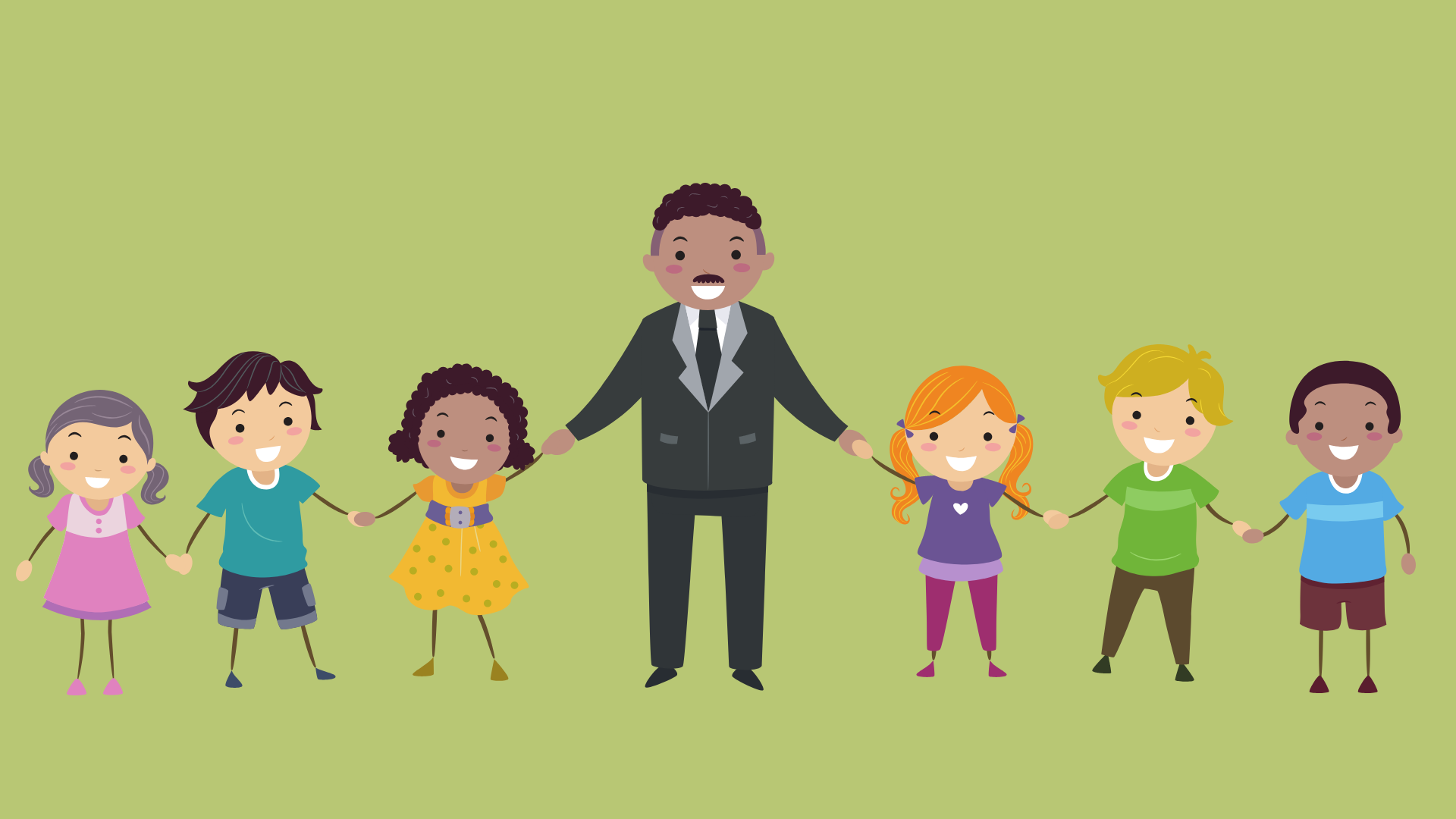
Christmas is over, and the new year has begun. We are all thinking about what is to come. One of the first holidays in the US is the observance of Martin Luther King, Junior’s birthday. Many schools take a little time to cover his history, but it is often brief and doesn’t have much context. As a parent, you might be wondering how to teach your children about his extraordinary life. Here are things you can do each day for a week leading up to his birthday.
Don’t Be Afraid to Talk about Race and Discrimination
Much of MLK’s legacy was antiracism and anti-discrimination. This means that you cannot discuss who he was without discussing what he stood for and why. Discussing race with children should be age-appropriate. Even small children can see physical differences. These differences can be used to demonstrate what was happening in the US in the 1950s. For approaching the subject with small children, you will want to be careful with traumatizing details. However, you can teach them that people treat others unfairly based on skin color and other physical traits. You can also discuss the dedication to stopping these things that MLK held. As children get older, you should include more details, such as the arrests and murders of advocates and allies.
1. Read a Book about Rights or the Civil Rights Movement
Books appropriate for each age group can be found at your local library. Many libraries even have book readings and children’s activities teaching about MLK and his legacy. Rather than just reading the book, you need to discuss the book and its contents. The books you choose do not necessarily have to contain MLK, but your discussion of the book topic and events of the 1960s should be the center of this activity. For older children, you might choose to begin reading the book a week or two before so that you can complete the entire book. Audiobooks are a great way to connect on car trips. Listen on the way to school, extracurricular activities, or the grocery store. You can discuss them over dinner.
2. Listen to Dr. King’s “I Have a Dream” Speech
The audio for his speech is available in many places. You can use YouTube for video footage of Dr. King delivering his speech as well. Of course, not all ages will understand the entire speech, but it’s not too complicated to understand for most age groups. Even young children can understand the concepts in King’s speech.
3. Watch a Film or Documentary
Watching movies and documentaries can help children view life as it was then. Even films like Forest Gumpcan let older children see some of the events of the past combined with the experiences of fictionalized characters. Documentaries are rooted in actual events and experiences, but you will want to find videos that are age-appropriate as well. Scholastic and similar websites are great resources for video footage.
4. Find Old Newspaper Articles
Libraries often house copies of newspaper articles for decades. Most of them have been digitized at this point, so you might even be able to access them online. These articles are generally written so that a sixth-grader can understand them. For younger children, see if you can access archives of Scholastic News or other kid-friendly news sources.
5. Interview a Family Member
Talk to family members about their experiences with discrimination. If possible, you can also interview a family member who lived during the 1960s. Even the youngest parents will probably have an older family member who experienced life in the 1950s and 1960s. Grandparents and great-grandparents have fantastic stories.
6. Research an Event or Person from the Civil Rights Movement
Dr. King wasn’t the only person responsible for the Civil Rights Movement. Ruby Bridges, Malcolm X, Emmitt Till, The A & T Four, The Little Rock Nine, and many others were responsible for propelling civil rights to the forefront of people’s minds in the 1950s and 1960s. Help your children learn who these people were. Dr. King should be part of the conversation too. You can teach your children how these people assisted Dr. King in his quest for equality.
7. Volunteer Somewhere
One of the best things about MLK’s birthday observance is that it’s also a National Day of Service. The service could be anything. There are a few activities around the Portland area connected explicitly to the MLK day service initiatives, but you can choose to do community service in any way possible. Clean up community spaces, donate food or blankets to local shelters, or volunteer with an agency committed to equality. If you can’t find a specific event, develop your own. Children can use their skills to make their communities safer and more welcoming for everyone, regardless of their age.
Final Thoughts
Teaching children about Dr. King should focus primarily on teaching about his hopes, dreams, and service for civil rights. Dr. King was a great communicator and community leader. Help develop your children’s leadership skills when teaching about this spectacular historical figure.
